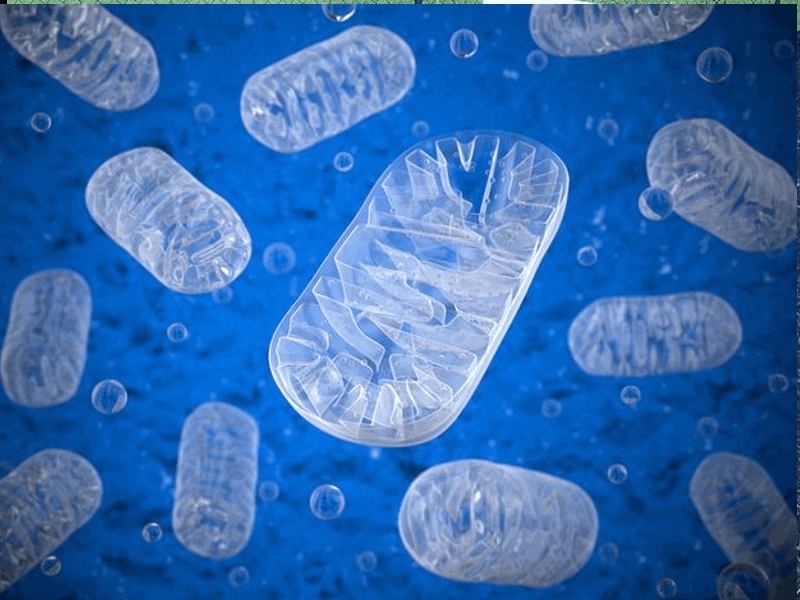Hold your breath: Not all mitochondria need oxygen to power up
Widespread but not widely known – anaerobic mitochondria produce energy without requiring any oxygen. They remind us that breathable O2 used to be scarce for much of our planet’s existence.
By William F. Martin, Aloysius G. M. Tielens and Marek Mentel
Mitochondria are often labelled the “powerhouses” of eukaryotic cells, as they are the site of ATP formation in the cell. Adenosine triphosphate, also known as ATP, is the universal energy currency and provides the power that runs all other life processes. Without these high-energy molecules, life comes to a halt. Humans produce ATP in mitochondria with the help of oxygen from the air we breathe. Just like a fire needs oxygen to burn, our mitochondria need oxygen to make ATP.
Intriguingly, mitochondria not only supply energy – they take us back in time. Today’s mitochondria are tightly integrated into in each of our cells. However, in an evolutionary sense, mitochondria are not part of the cell at all. Instead, they are bacterial invaders; about 1.5 billion years ago, mitochondria arose through endosymbiosis.
At the time when the bacterial ancestors of mitochondria entered their host cells, there was only about 1% as much oxygen around as today. That is not nearly enough oxygen for humans to survive. So how did the first organisms with mitochondria survive? Even today, there are many organisms around that do have mitochondria, but need no oxygen at all to make ATP. How do they make ATP?

The answer is: with anaerobic forms of mitochondria. Although anaerobic mitochondria are widespread in nature, far more widespread than we thought only ten years ago, most college textbooks tell us little or nothing about these fascinating organelles. Designed to fill that void, our new book “Mitochondria and Anaerobic Energy Metabolism in Eukaryotes” is devoted specifically to anaerobic mitochondria, their ecologically-driven diversity across the tree of life and the nuts and bolts of how they generate ATP for the cells that they power.
Anaerobic forms of mitochondria are not only essential in modern low-oxygen environments, they are important in the big picture of Earth history too, because oxygen levels as high as today’s have only existed for about the last 10% of biological history.
Before that, low oxygen or even no oxygen was a globally widespread condition. As a consequence, anaerobic mitochondria harbor biochemical fossils from the early phases of cell evolution. They use pathways from the times in Earth history when there was hardly any oxygen available, providing a unique window into the ecology of ancient environments.
Interested? Learn more in this title from De Gruyter: